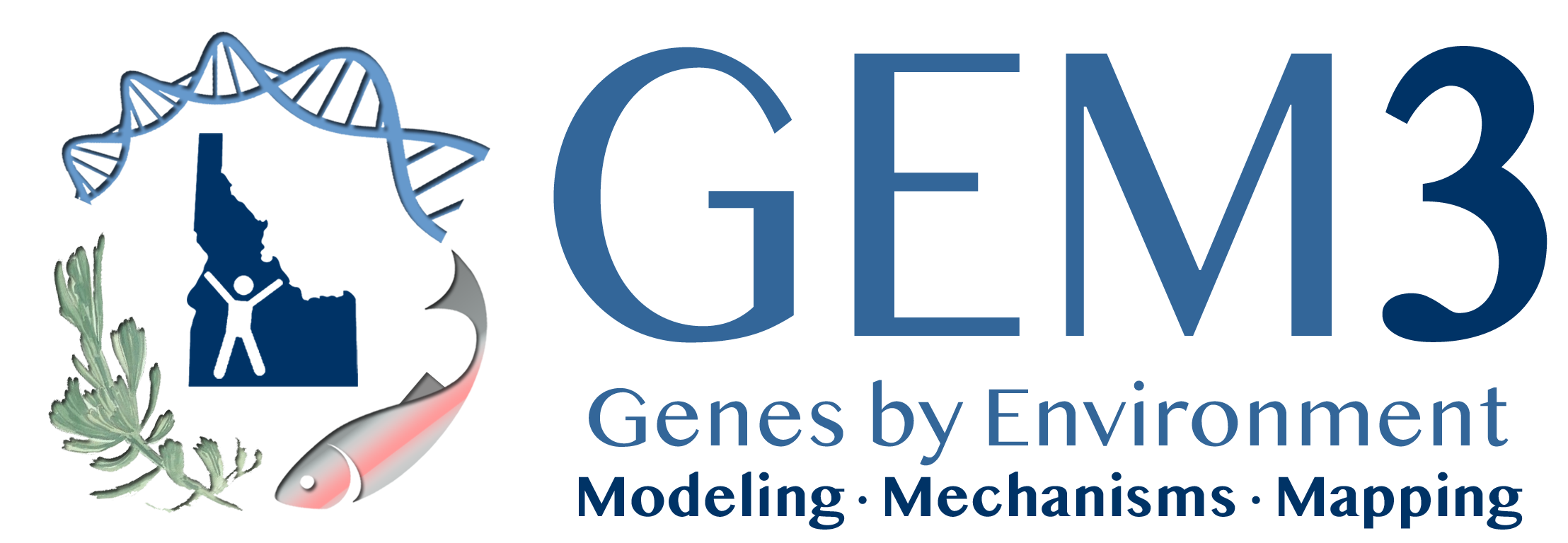Interannual variation in climate contributes to contingency in post-fire restoration outcomes in seeded sagebrush steppe
Abstract
Interannual variation, especially weather, is an often-cited reason for restoration “failures”; yet its importance is difficult to experimentally isolate across broad spatiotemporal extents, due to correlations between weather and site characteristics. In the analysis associated with this dataset, we examined post-fire treatments within sagebrush-steppe ecosystems to ask: 1) Is weather following seeding efforts a primary reason why restoration outcomes depart from predictions? and 2) Does the management-relevance of weather differ across space and with time since treatment?
This dataset integrates remotely sensed estimates of sagebrush (Artemisia spp.) cover from the RCMAP product (https://www.mrlc.gov/data-services-page), areas that received post-fire seeding, identified using the Land Treatment Digital Library (https://ltdl.wr.usgs.gov/), and GridMet surface meteorological data (https://www.climatologylab.org/gridmet.html) to describe the impacts of weather on sagebrush recovery following restoration treatments.
Methods
This dataset integrates remotely sensed estimates of sagebrush (Artemisia spp.) cover from the RCMAP product (https://www.mrlc.gov/data-services-page), areas that received post-fire seeding, identified using the Land Treatment Digital Library (LTDL; https://ltdl.wr.usgs.gov/), and GridMet surface meteorological data (https://www.climatologylab.org/gridmet.html) to describe the impacts of weather on sagebrush recovery following restoration treatments.
We identified observations from the LTDL in which at least one Artemisia species had been seeded following fire, within the extent covered by the RCMAP (NLCD back-in-time sagebrush cover) that burned between 1980 and 2005 and that were subsequently seeded. We then removed all areas that burned or were seeded multiple times between 1980 and 2015. We then selected all RCMAP pixels that overlapped these burned, seeded areas and extracted sagebrush cover for all years of the record for each pixel. Data was processed in chunks, due to the large number of pixels included in analysis.
In order to reduce the data dimensions and redundancy, we next clustered the pixel data using the algorithm spatially contiguous multivariate clustering in ArcGIS. The number of clusters was set at 1/1000 of the initial number of pixels and the spatial constraint was set to contiguity edges only. The analysis fields (data attributes upon which the algorithm was run to decide on cluster membership) were elevation, TWI, heatload, Level 3 ecoregion (coded as a dummy variable), and slope. If the algorithm failed with the initial number of clusters, the number of clusters was increased by 10% until the algorithm would run. We did allow for spatial non-contiguous clusters in the case that the algorithm was not solvable with contiguous clusters only. Post-processing of the clusters included checking to make sure the relative standard error for elevation was less than 20% within a cluster and to screen for multiple fires being combined into one cluster. If multiple fires were combined into a cluster initially, they were separated into different clusters. We also assessed whether dividing the data into chunks significantly influenced the clustering process. Comparisons of the data chunks suggested that each chunk had a similar distribution of relative standard deviations for elevation, slope, heatload, and TWI among the clusters contained within it.
In R, using the extract function in the raster package (Hijmans & van Etten, 2012), we extracted sagebrush cover for each year following fire and the following GridMet variables using the centerpoint of each RCMAP pixel as the point to extract to: daily precipitation, minimum temperature, and maximum temperature for the February-April in the first four years after fire, 30-year climate means, and monthly SPEI for the two years before and the four years after fire (calculated from the SPEI package in R). We extracted additional covariates for each pixel, which included elevation, TWI, heatload, Level 3 ecoregion, and slope. We then described the mean characteristics of each cluster for each of these variables. For each climate variable, we calculated each year's deviation (mean - year's observation) from the long-term (30 year) mean.
This process resulted in the dataset entitled “longtermsage.csv”. For the autoregressive model (Question 3 in associated manuscript), we formatted the data to allow for statistical modeling of annual changes in sagebrush cover, in a second dataset entitled “growthannualsage.csv”.
Specific variable names are described in the README file.
Usage Notes
All analyses associated with this dataset can be found at: https://github.com/absimler/restoration-weather
Please see ReadME file for more information about variable names and sources.
- Biological sciences
- horseshoe prior
- restoration seeding
- sparse models
- weather
- year effects
Data Authors/Creators
Contact Information
- English
- Northwest, Southwest, and North Central Climate Science Adaptation Centers
